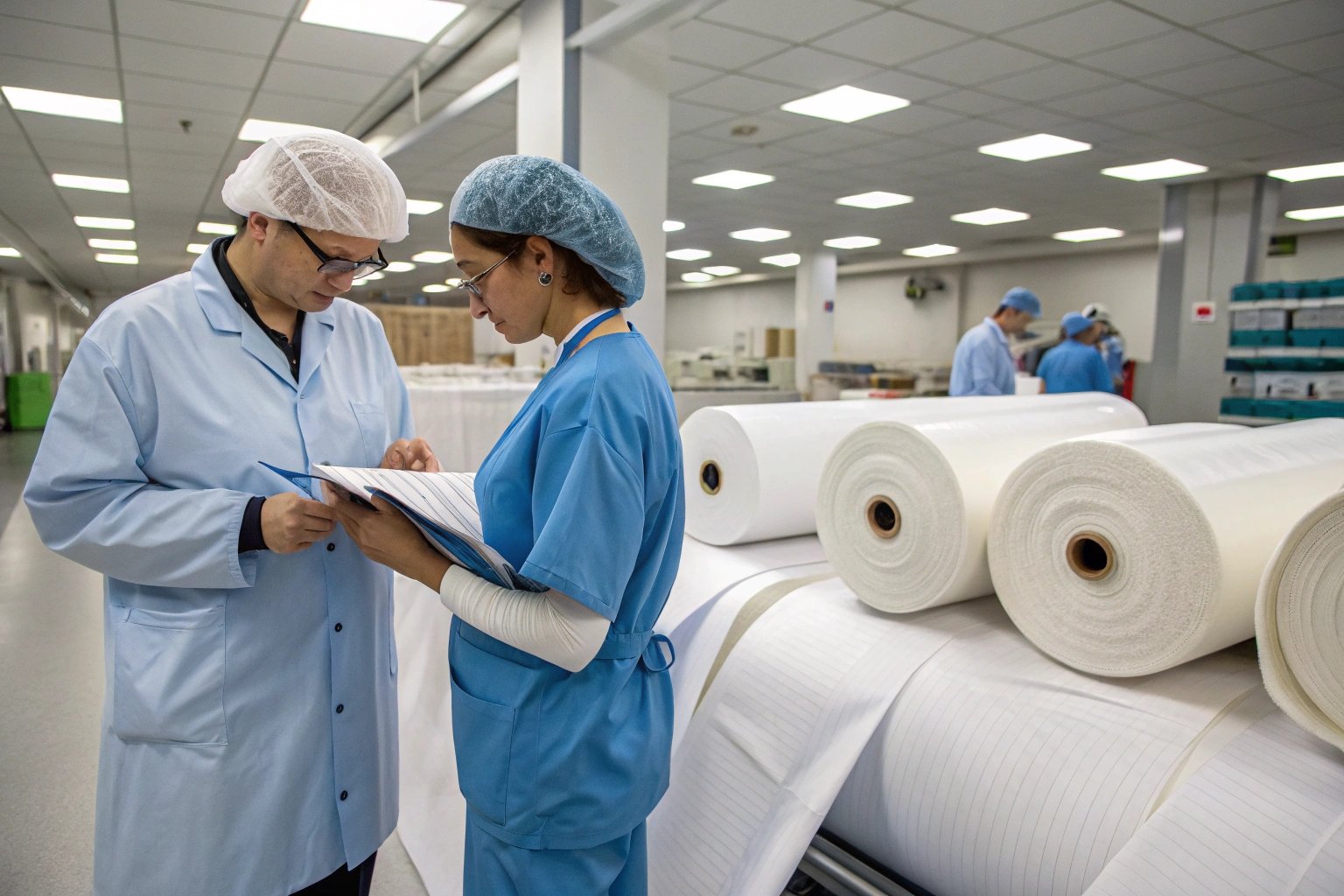Medical scrubs aren’t just about comfort anymore—they’re now an essential part of infection prevention protocols. As healthcare environments face increasing microbial risks, the demand for anti-microbial fabrics has surged. For procurement leaders like Ron sourcing for hospitals or PPE suppliers, identifying the right anti-microbial lining fabric is critical to performance, safety, and long-term compliance.
The best places to find anti-microbial lining fabric for medical scrubs are certified technical textile mills, verified B2B platforms, and factories specializing in healthcare PPE fabrics that meet standards like AATCC 100, ISO 20743, and OEKO-TEX.
This article will walk you through what to look for, which global suppliers are trusted in the market, and how to make sure you’re sourcing lining materials that offer real antimicrobial efficacy—not just marketing claims.
What Defines a True Anti-Microbial Lining Fabric?
An anti-microbial lining fabric inhibits the growth of microorganisms like bacteria, fungi, and viruses. In scrubs, linings are often used inside jackets, necklines, or multilayer PPE garments to enhance protection and comfort.
True anti-microbial lining fabrics are lab-tested and certified for microbial reduction rates, typically over 99%, using standards such as AATCC 100 or ISO 20743.
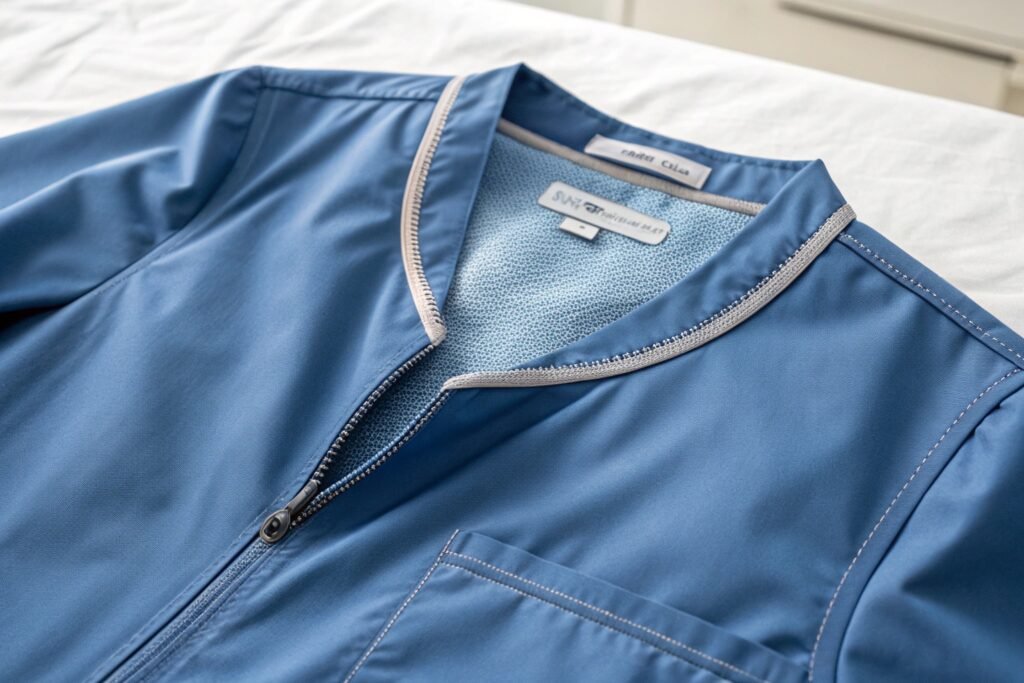
How Do Anti-Microbial Finishes Work?
These fabrics are infused with silver-ion, zinc, or copper-based agents that disrupt the cellular functions of microbes. Leading brands like HeiQ, Polygiene, and Sanitized® license their technology to mills and finishing houses.
Fumao Fabric partners with certified chemical vendors to offer post-treatment finishing or yarn-level antimicrobial tech. Each batch is accompanied by verified lab reports and MSDS files.
What Standards Should Antimicrobial Fabrics Meet?
The two primary standards are:
- AATCC 100 (USA): Measures antimicrobial efficacy on textile surfaces.
- ISO 20743 (International): Evaluates bacterial reduction using standard test strains.
To comply, our fabrics are third-party tested at labs like Intertek or Bureau Veritas, and are eligible for OEKO-TEX or Bluesign labeling if chemicals are safe.
Which Fabric Types Are Best for Scrub Linings?
Lining fabric for medical scrubs must be breathable, durable, and safe for skin contact. The ideal blend also depends on use case: surgical scrubs, long-wear coats, or lab jackets.
Common anti-microbial lining fabrics include brushed poly knit, bamboo-viscose blends, modal-polyester hybrids, and stretch cotton with silver finish—all engineered for daily clinical use.
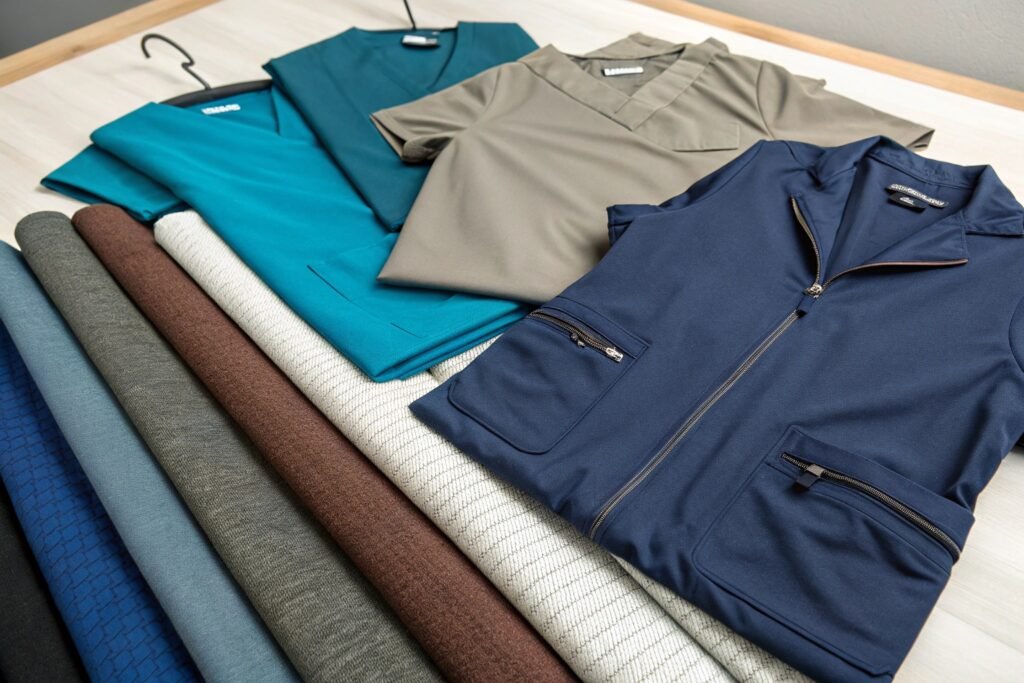
Are Natural Fibers Suitable for Antimicrobial Linings?
Yes—especially when blended with synthetics for durability. Bamboo viscose is naturally antibacterial and highly absorbent. Blends like bamboo-poly or modal-spandex offer both comfort and wash resistance.
At Fumao, we offer 190-250 GSM bamboo-poly knit linings pre-treated with zinc-based agents for US/EU healthcare clients.
What’s the Best Fabric for Scrub Jackets or Coats?
Brushed polyester knit or tricot offers a great combination of softness and resistance to wear. Our clients often choose 100% polyester lining with HeiQ Viroblock coating for long shifts in cool climates. This has been validated by Swiss labs and documented in journals like Textile Outlook International.
Where Can You Buy Certified Anti-Microbial Lining Fabric?
Finding certified, scalable suppliers is the biggest challenge. Many claim antimicrobial properties, but lack certification or consistent batch quality.
You can find reliable antimicrobial lining fabrics through accredited textile exporters, vetted sourcing platforms, and trade shows with medical textile sections.
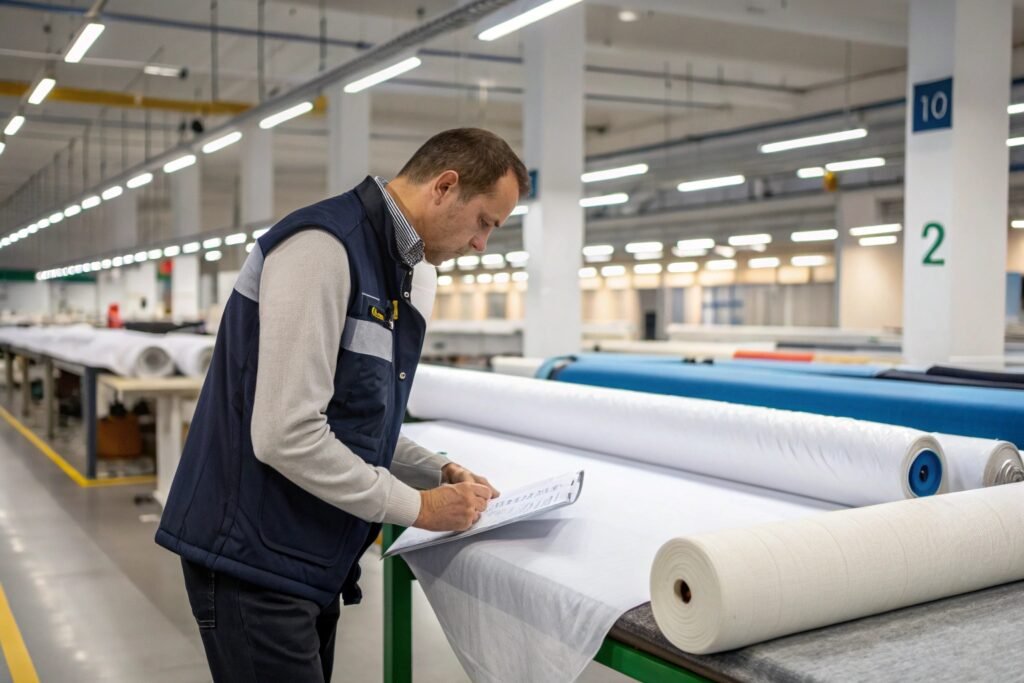
Which B2B Platforms Feature Reliable Suppliers?
Start with certified vendor listings on:
Fumao Fabric is listed on multiple platforms and can provide GRS, OEKO-TEX, and SGS-certified antimicrobial options with small MOQ options.
Are There Trade Fairs for Medical Fabrics?
Yes—MEDICA Düsseldorf and Intertextile Shanghai – Functional Textiles showcase certified suppliers in this category. Our booth showcases sample kits for antibacterial linings in medical apparel.
We also offer digital showrooms and Zoom-based sampling presentations for global buyers with restricted travel.
How Do You Verify Supplier Claims and Lab Testing?
With so many suppliers claiming “antibacterial” features, documentation is key. Always ask for third-party reports, not just marketing brochures.
You should verify supplier claims using lab reports, MSDS forms, chemical origin disclosures, and validity checks of certification numbers with the issuing labs.
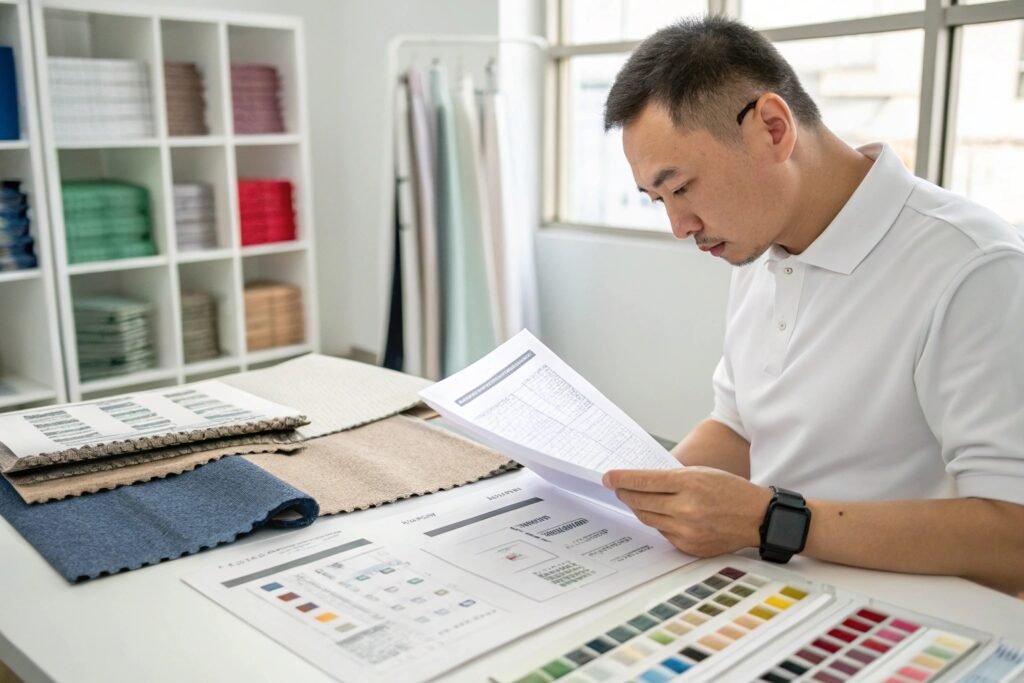
What Should a Valid AATCC 100 Report Include?
It must show:
- Testing lab name (e.g., SGS, Intertek)
- Test method used (AATCC 100-2022, etc.)
- Bacterial reduction rate (%)
- Fabric details (fiber type, GSM, coating used)
- Certificate issue and expiry date
See examples on SGS’s textile testing page or TÜV SÜD antimicrobial testing.
How Do We Help Buyers Confirm Fabric Efficacy?
At Fumao, we provide both fabric swatches and test documentation. Each antimicrobial batch is traceable via QR-code linked to a database of the chemical supplier, application method, and lab results. Clients receive instant access to digital documents during the sample approval process.
Conclusion
Finding reliable anti-microbial lining fabric for medical scrubs takes more than a quick keyword search. You need scientifically tested materials, traceable certification, and partners who understand healthcare compliance. At Fumao Fabric, we combine performance fabrics with certified chemistry and full documentation support. Whether you're outfitting hospitals, dental clinics, or medical supply chains, we’re here to ensure your lining fabrics do more than just look clean—they actively keep bacteria at bay.

